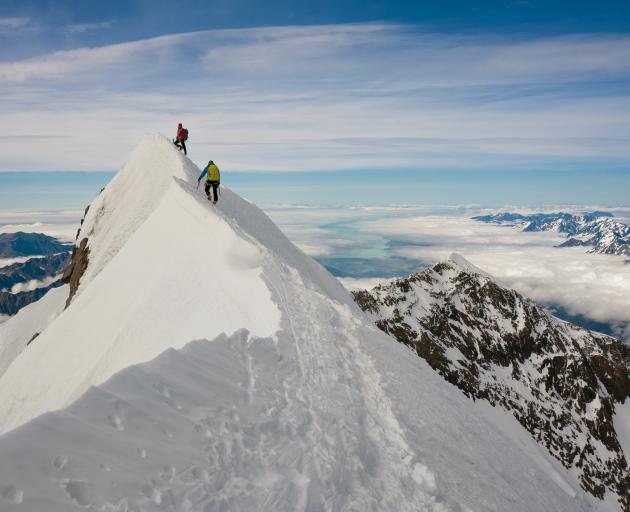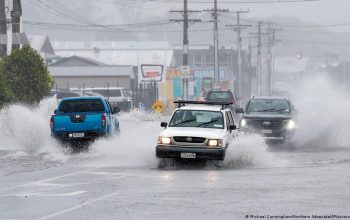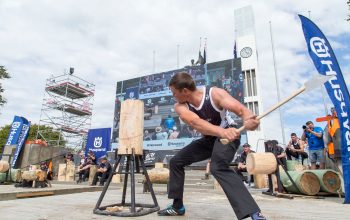A rescue team that saved a climber trapped on the summit ridge of Aoraki/Mt. Cook was the highest rescue effort taken so far in the history of New Zealand, according to Maritime NZ. The rescue team’s organization’s name is the Department of Conservation’s Aoraki/Mt. Cook Alpine Rescue Team (AMCART).
The members of this organization’s team rescued the climber on November 4. The rescue effort was conducted after the Maritime NZ Rescue Coordination Centre New Zealand (RCCNZ) got an SOS notification coming from the summit’s emergency team.
According to a spokesperson from RCCNZ, Aoraki/Mt. Cook is approximately 3724 meters. It’s known to be the tallest mountain in New Zealand. Keith Allen, an RCCNZ search and rescue officer, stated that the team designated the Aoraki/Mount Cook Alpine Rescue Team and a locally-based helicopter from The Helicopter Line to search for the climber’s whereabouts.
The climber was allegedly exhausted, and, thus, thought that the best thing to do at the time was to send an SOS message to ask for help. According to AMCART team member, Mark Evans, the rescue effort got underway with good things going for the rescue team. The weather at the time the rescue was conducted was good for flying planes, into and over on the summit’s ridge.
Evans further stated that the climber was discovered to have not been injured, after being rescued. The climber definitely did the most objective thing to do during an emergency-ask for help. The incident just goes to show that it’s important to always bring a personal locator device that’s functioning well while spending time outdoors.
The RCCNZ is the organization tasked to carry out large-scale maritime and aviation search and rescue efforts for New Zealand’s incidents that originated from land. Rescue is provided upon the RCCNZ’s receipt of alert from a personal locator device.
Maritime NZ shared that such a rescue effort was allegedly the easiest life-saving initiative ever been provided to a person in the entire history in New Zealand. It was a surprise that the highest rescue effort was an easiest one to provide, as well. If the climber had not brought a personal locator device with him, there would have been a risk that rescuing him from the summit ridge of Aoraki would be delayed. Or worst, not bringing a personal locator device with him could have caused the climber to be not rescued at all from being trapped.
Rescue delay or not being able to provide rescue at all may have caused the climber to die.



